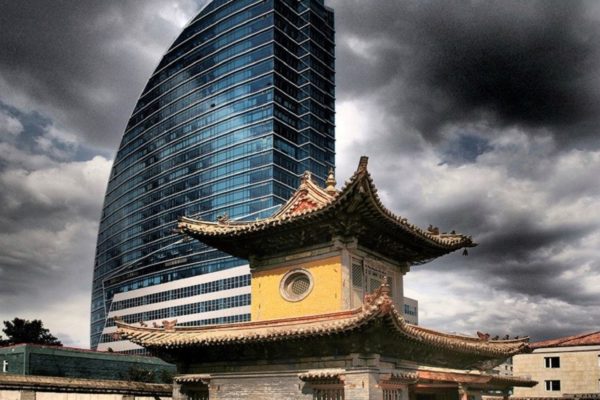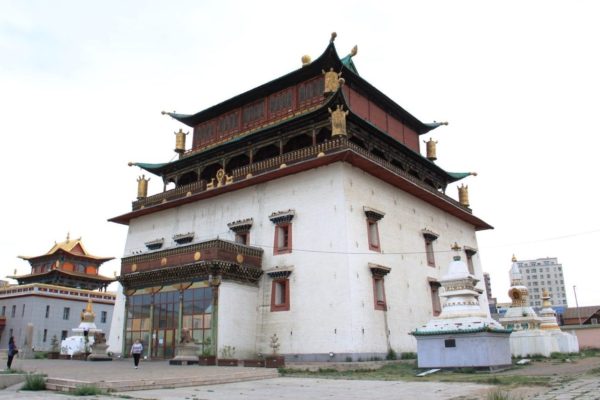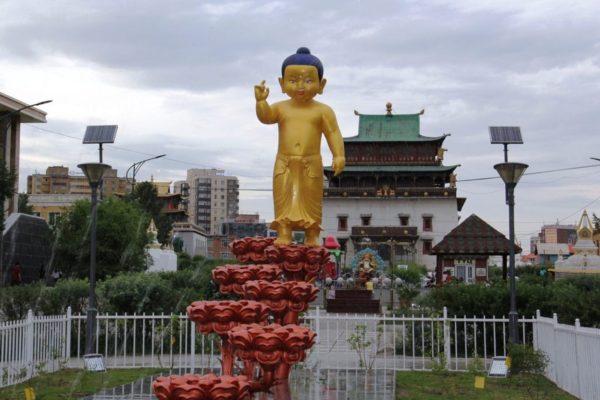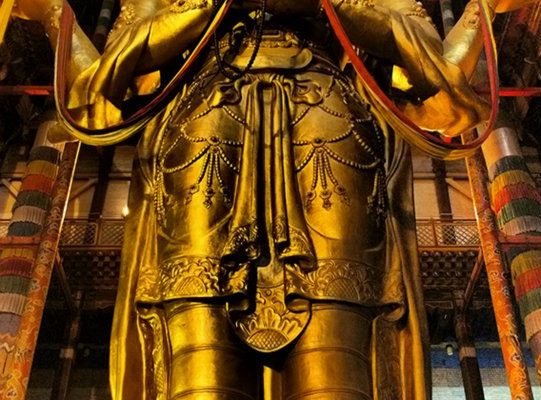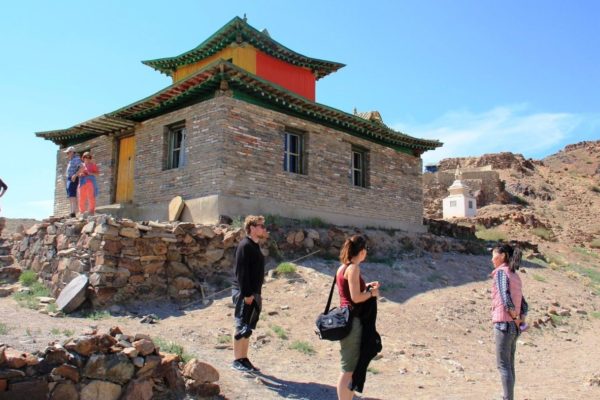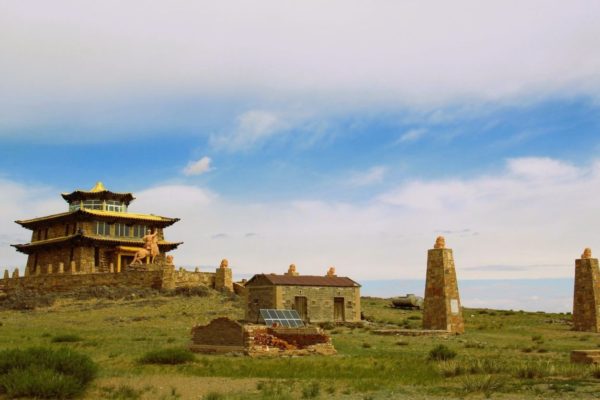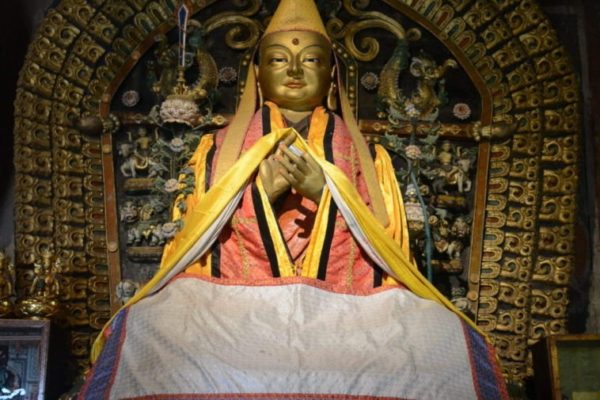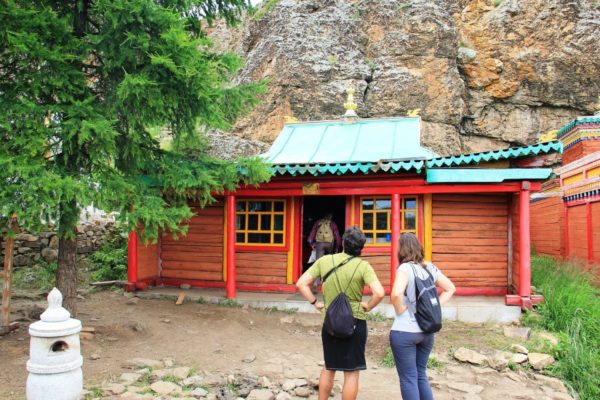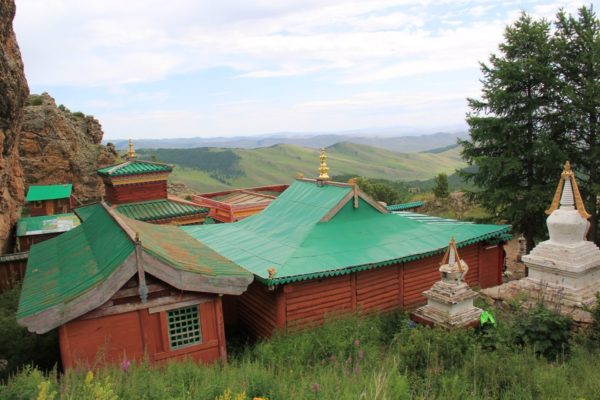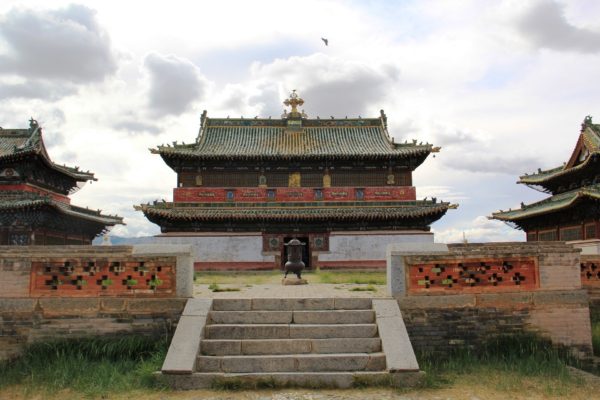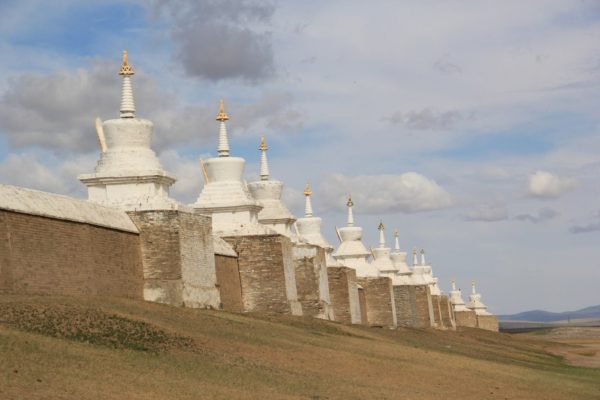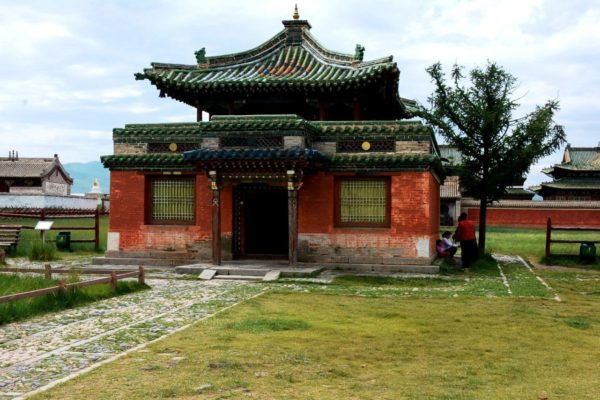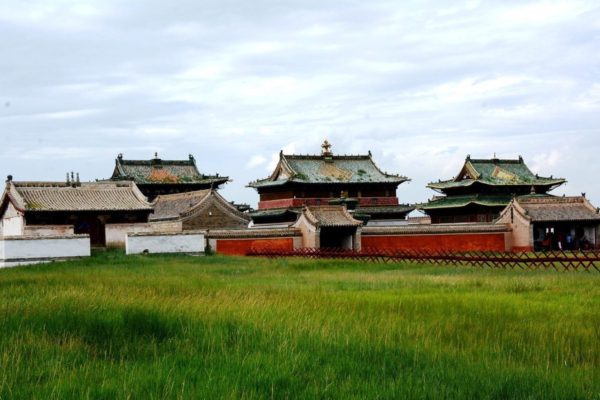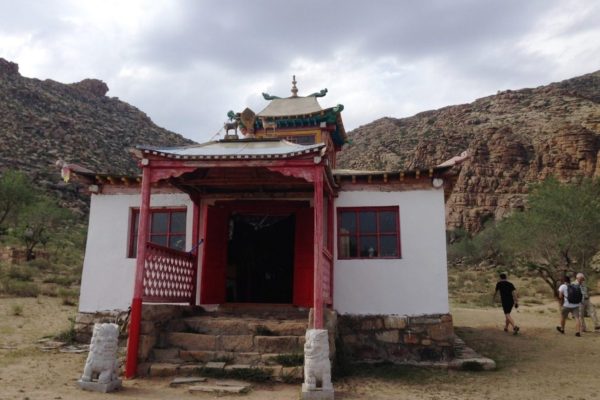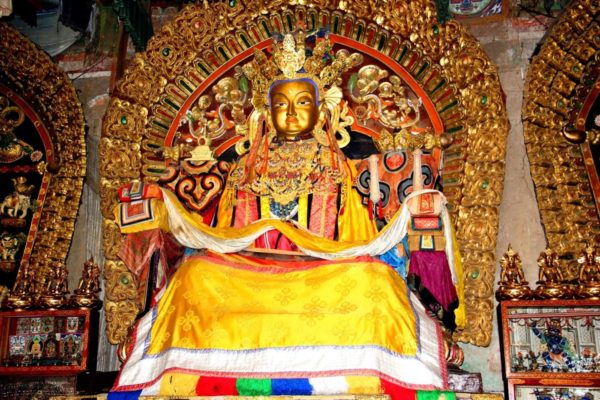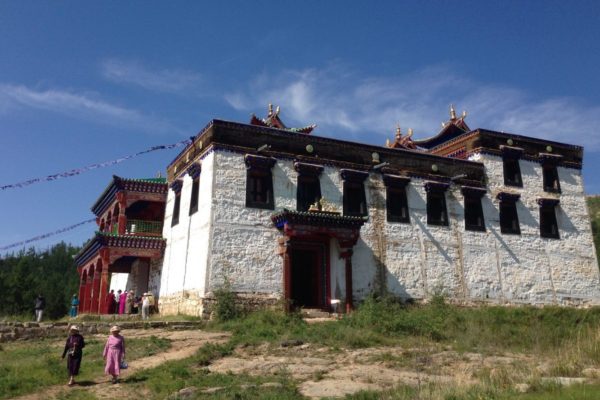The origins of Buddhism in Mongolia can be traced back to the late 16th century when Altan Khan, the leader of Tumed Mongolia, invited Sodnomjamts, the leader of the Tibetan religion, to Mongolia in 1576. Altan Khan exalted Sodnomjamts as the leader of all Yellow Buddhism and honored him as the Dalai Lama. In exchange, Sodnomjamts allowed Altan Khan to gain all the titles of Khubilai Khaan.
Who is Zanabazar the first Bogd?
Following this, the first Bogd Gegeen Zanabazar became the main representative of the Mongolian Yellow Religion. He made significant developments in Mongolian religion, including changing the religious attire of lamas, adapting reading, rules of conventions, and melodies to Mongolian harsh weather conditions, geographic position, traditional customs, and lifestyle. Through his efforts, a unique Mongolian Buddhist religion was created.
In the early 20th century, more than 115000 students were being studied in 750 monasteries spread across 80 villages in four Khalkh provinces. These monasteries soon became the main centers of trade, services, and crafters, and people started living there. Yellow Buddhism of Mongolia was highly educated and developed from the period of Saint Zanabazar to Bogd Jibzundamba, particularly in philosophy, horoscopes, hospitals, art culture, and language studies, which helped to delight Mongolians.
However, in 1924, when Jibzundamba passed away, the Government of the People of Mongolia announced that “Bogd Jibzundamba will not be reborn on earth again and he went to heaven forever.”
The Political Repression
In 1937, the great political repression began, and more than 17,000 lamas were arrested and divided into three classes. The high class, the head of the ranks, and the masters of the monks were shot down, and the middle class or old lamas were imprisoned for up to 10 years. The lower class, young monks who were up to 20 years, left their religion and destroyed every idol, god, intellectual value, and scripture that people worshiped and burnt more than 800 monasteries.
It is worth noting that 2265 temple buildings were transferred to hospitals, schools, hand factories, administrative buildings, and public organizations. Additionally, 30.9 kg of gold, 5916 kg of silver, 1.6 kg of pearls, 233847 Mongolian Tugrik, and other items equivalent to 388,000 Mongolian Tugrik and 27742 animals were taken and transferred to the state fund.
As a result of this repression, religious beliefs were closed in the People’s Republic of Mongolia. However, in 1944, the Council of Ministers decided to revive the activities of Gandan Monastery under the supervision of the MPRP. It wasn’t until 1990, when the Democratic Revolution was victorious, that Buddhism was allowed to rise again, and people were free to believe in their religion.
Monasteries in Mongolia

